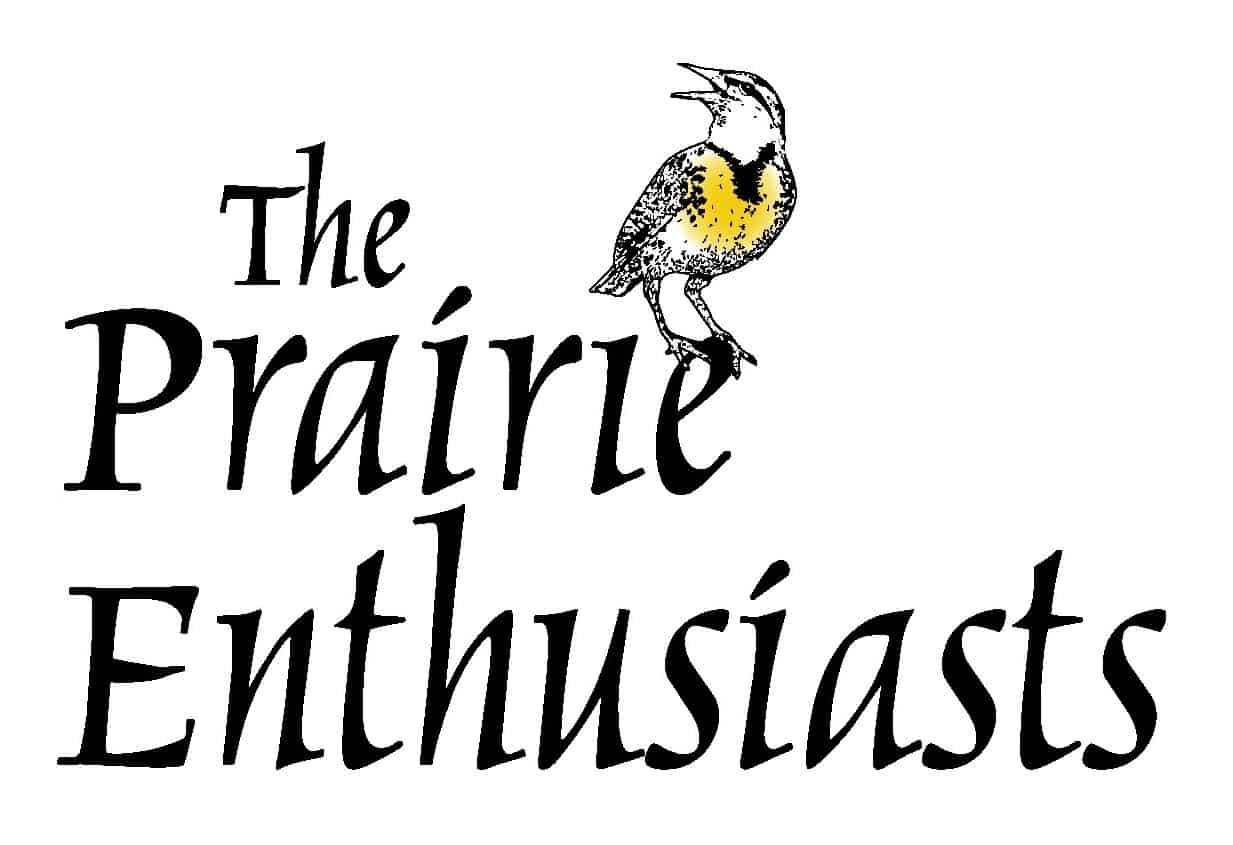
by The Prairie Enthusiasts | Jun 4, 2020 | News
Are you, or do you know someone who is interested in restoring or managing native prairie and savanna communities on private land? Would you like to hear the bumblebees busily spreading pollen from flower to flower and see more butterflies dancing among the grasses?

Coulee Region Chapter members John and Rita Hoffmann at their property in Viola, WI with Dan Carter in May. Photo by Scott Fulton
As most of us are well aware, the biggest threat to the prairie plants, pollinators and other animals is a loss or degradation of their habitat. With more than 96% of Illinois, 82% of Wisconsin, and 77% of Minnesota’s landscape under private ownership, landowners play a key role in helping conserve the diversity and beauty of natural prairie and savanna communities.
Although some of our our volunteer chapters focus primarily or in part on supporting private landowners with restoration, management, and education efforts, much of TPE’s work over the years has been focused on preserves we own or public lands that we support. Several years ago, we identified a major need to provide better services to private landowners, who are frequently so busy on their own properties that they are not able to do much volunteer work with the chapters. In 2018 we surveyed our landowner members to better understand their needs and began to look for ways we could better serve them.
Good news! This year TPE received a 3-year grant from the National Fish and Wildlife Foundation (NFWF) to provide educational outreach and direct technical assistance for private landowners who want to restore and manage habitat for pollinators (with a special focus on monarch and Karner blue butterflies and the rusty patched bumblebee). The goal is to work with landowners throughout TPE’s service area to increase the overall acreage and quality of native prairie and oak savanna pollinator habitat. The grant dollars are to be used specifically to fund two new TPE staff positions to work in collaboration with TPE’s local chapters as well as several other conservation organizations, including the Valley Stewardship Network and the Southwest Wisconsin Grassland Network. NFWF is particularly interested in supporting working landowners, so much of our efforts will be focused on reaching out to farmers and ranchers in our region, a new audience for TPE.

Key pollinators for TPE NFWF grant – monarch and Karner blue butterflies and rusty patched bumblebee. Photos by Gary Shackelford, Shelley Hamel, and Jeb Barzen
Diane Hills and Dan Carter have recently joined TPE’s staff to implement the NFWF grant (for more about them, see the staff introduction article in this edition). Half of Diane’s role as Outreach and Development Coordinator will be to work on engaging and educating landowners about the ecology and natural history of prairies and savannas along with best practices for restoration and management. TPE’s chapters already provide an excellent local, peer-based foundation for these activities, and Diane will be actively building upon and supporting their efforts. Stay tuned for future program developments!
Dan Carter is the new Landowner Services Coordinator funded full time by the grant. He is now available to schedule site visits to assess and discuss the potential for prairie/savanna restoration and reconstruction projects on private property. Depending on the project’s potential within the scope of the grant and the landowner’s interests, Dan can help landowners develop a management plan and connect them with possible funding sources and quality resources (such as management contractors and quality seed suppliers), as well as provide information about potential land protection options. Dan will be working in close contact with the local chapters to connect landowners new to TPE with our existing community, and to provide the best locally based advice.
Now that the field season is in full swing, Dan already has a full dance card of landowner visits under way. If you (or someone you know) own private land, you can reach Dan at landowners@theprairieenthusiasts.org or 319-321-6513 to ask questions, discuss your property’s potential and/ or set up a site visit. As a landowner, you can make a difference!

by The Prairie Enthusiasts | Jun 4, 2020 | News
This week the savanna’s purple lupines (Lupinus perennis) and pink wild geraniums (Geranium maculatum) are being replaced by spiderworts (Tradescantia ohiensis). According to past years’ local records, spiderworts are blooming later than normal this year. The cool spring, together with the lack of burning, make this year’s blooming plants on the hillsides appear to be less striking than in past years. But up close they are still a beautiful and impressive plant.
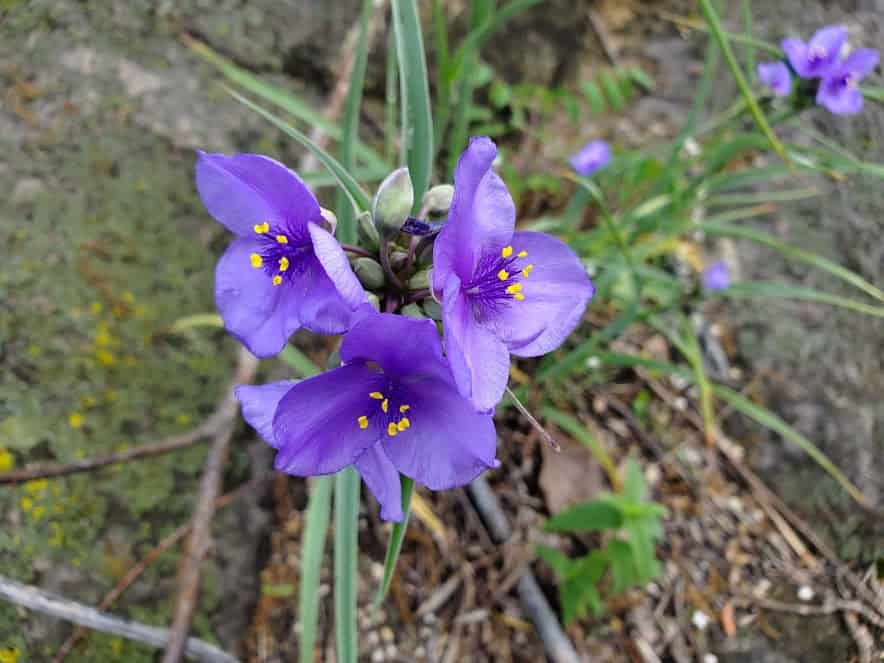
Many birds are fully occupied with nesting. Andy Sleger observed a female Rose-breasted Grosbeak exiting a nest and took a photo. Rose-breasted Grosbeak nests appear to be flimsy but tend to hold up well. At least the species appears to be a successful nester, based on the number of young grosbeaks that show up with their parents at bird feeders every year.

Another nesting critter that Andy found was a large snapping turtle. This turtle was just starting to lay her eggs in a nice sandy area. Unfortunately, the area is on a management use trail. Turtle nesting is often unsuccessful. Turtles face obstacles, like roads and other impediments as they head to and from nesting sites. Nest predation is also a significant source of loss, with 90 to 100% of all turtle nests failing due to predators in some areas. With turtle populations declining, we need to protect turtles as much as we can. Check out the WDNR website for more information on how you can help.

Photos:
Spiderwort (Tradescantia ohiensis), photo by Pat Trochlell
Rose-breasted Grosbeak nest, photo by Andy Sleger
Snapping turtle laying eggs, photo by Andy Sleger

by The Prairie Enthusiasts | Jun 4, 2020 | News
Spring is quickly growing into summer. Here are a few photos that captured our attention this past month. So fun to see what is happening in and around the prairie. One way of looking at these images is called Phenology which is the study of reoccurring life cycles that are driven by the environment. The timing of these events are related to both short – and long-term variability in climate. Do these images look familiar, can you identify them?

Photo by Joe Rising

Photo by Joe Rising

Photo by Pat Trochlell
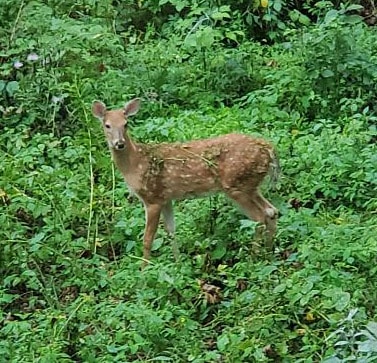
Photo by Pat Handrick

Photo by Ken Erickson

Photo by Joe Rising

Photo by Pat Trochlell

Photo by Christine Larson

Photo by Freya Rising

Photo by Gail Erickson

Photo by Pat Trochlell

Photo by Steve Engber

Photo by Pat Trochlell

Photo by Christine Larson
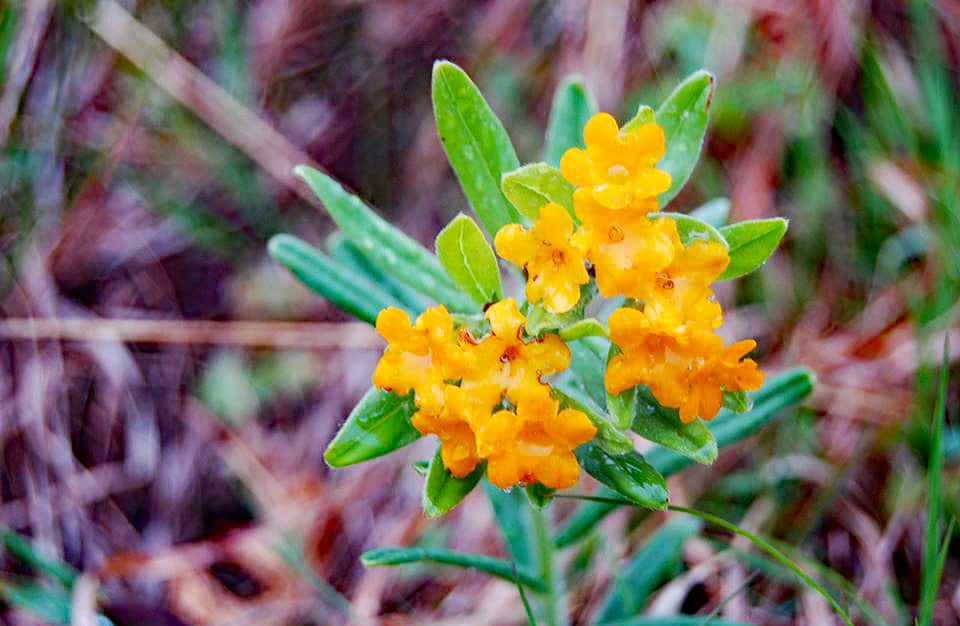
Photo by Stephen Winter

Photo by Jim Rogala

by The Prairie Enthusiasts | May 1, 2020 | News
 Please enjoy these beautiful Spring photos contributed by our members! Let go of the last bits of winter and take a virtual walk through Nature and witness the new beginnings of growth on the Prairie. Welcome back sunshine to our land and our lives!
Please enjoy these beautiful Spring photos contributed by our members! Let go of the last bits of winter and take a virtual walk through Nature and witness the new beginnings of growth on the Prairie. Welcome back sunshine to our land and our lives!
Photo by Joe Rising

Photo by Christine Larson

Photo by Denise Friesen

Photo by Christine Larson

Photo by Christine Larson

Photo by Denise Friesen

Photo by Christine Larson

Photo by Chris Kirkpatrick

Photo by Joe Rising


Photo by Joe Rising

Photo by Denise Friesen

Photo by Joe Rising

Photo by Christine Larson

Photo by Jerry Newman

Photo by Lisa Culp

by The Prairie Enthusiasts | May 1, 2020 | News
 Happy May Day 2020! This may be one of the the most important days of the year. Symbolically, this day represents the return of life and fertility to the world. Astrologically, today marks the midpoint of Spring, half way between the Spring Equinox and Summer Solstice.
Happy May Day 2020! This may be one of the the most important days of the year. Symbolically, this day represents the return of life and fertility to the world. Astrologically, today marks the midpoint of Spring, half way between the Spring Equinox and Summer Solstice.
Traditionally, children gather flowers and make May Baskets to give to their neighbors. Hopefully, a lot of dandelions and violets are in them, not our special, ephemeral wildflowers.
For the Prairie Enthusiasts, we look forward to a successful year of growth and stewardship. Today, we celebrate Spring and our deep roots in the Earth’s enduring cycles. Over the next few weeks we will witness one of Earth’s great seasonal cycles of bird migration.
Keep your eyes on the sky and Prairie for daily new arrivals; have you spotted a Blue Bird yet? 
Nature gives us life, hope, sustenance and solace. Nature Therapy, sometimes referred to as ecotherapy, describes the benefits associated with an individuals presence within nature. This is easy to find on the prairies and in oak savannas. We hope you will get out in Nature and better yet, onto our preserves and improve your health and well being. Being on the Prairie is very grounding, think of the Prairie’s deep roots in the Earth. Feel the Prairie plants reaching for the Sun. This is similar to the ancient concept of Forest Bathing which combines a variety of experiences in the natural environment. There is a lot of unseen interactions between a person and the soil, native grasses, pollen, bees and all the creatures of the prairie. Renew yourself in nature, experience the sights, sounds, and smells of the prairie. Feel the sun and the breeze. Prairie therapy is restorative!
May Day is a good day to feel the cycle of the seasons… as well as every other day. May Day reminds us to stay connected to the Earth, Sun, Wind and Water. Get out on the prairie and get some Nature Therapy!




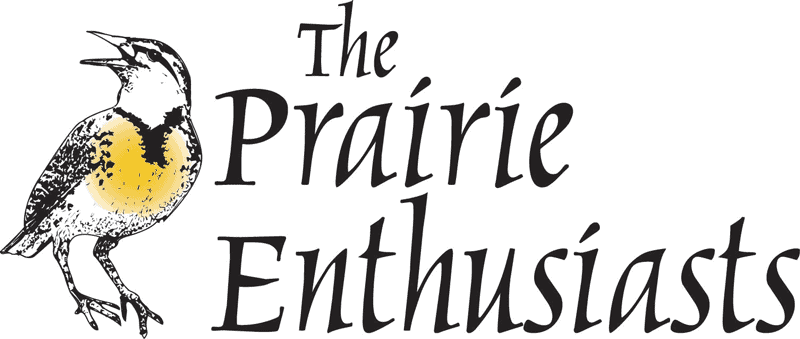



















 Please enjoy these beautiful Spring photos contributed by our members! Let go of the last bits of winter and take a virtual walk through Nature and witness the new beginnings of growth on the Prairie. Welcome back sunshine to our land and our lives!
Please enjoy these beautiful Spring photos contributed by our members! Let go of the last bits of winter and take a virtual walk through Nature and witness the new beginnings of growth on the Prairie. Welcome back sunshine to our land and our lives! 














 Happy May Day 2020! This may be one of the the most important days of the year. Symbolically, this day represents the return of life and fertility to the world. Astrologically, today marks the midpoint of Spring, half way between the Spring Equinox and Summer Solstice.
Happy May Day 2020! This may be one of the the most important days of the year. Symbolically, this day represents the return of life and fertility to the world. Astrologically, today marks the midpoint of Spring, half way between the Spring Equinox and Summer Solstice.
